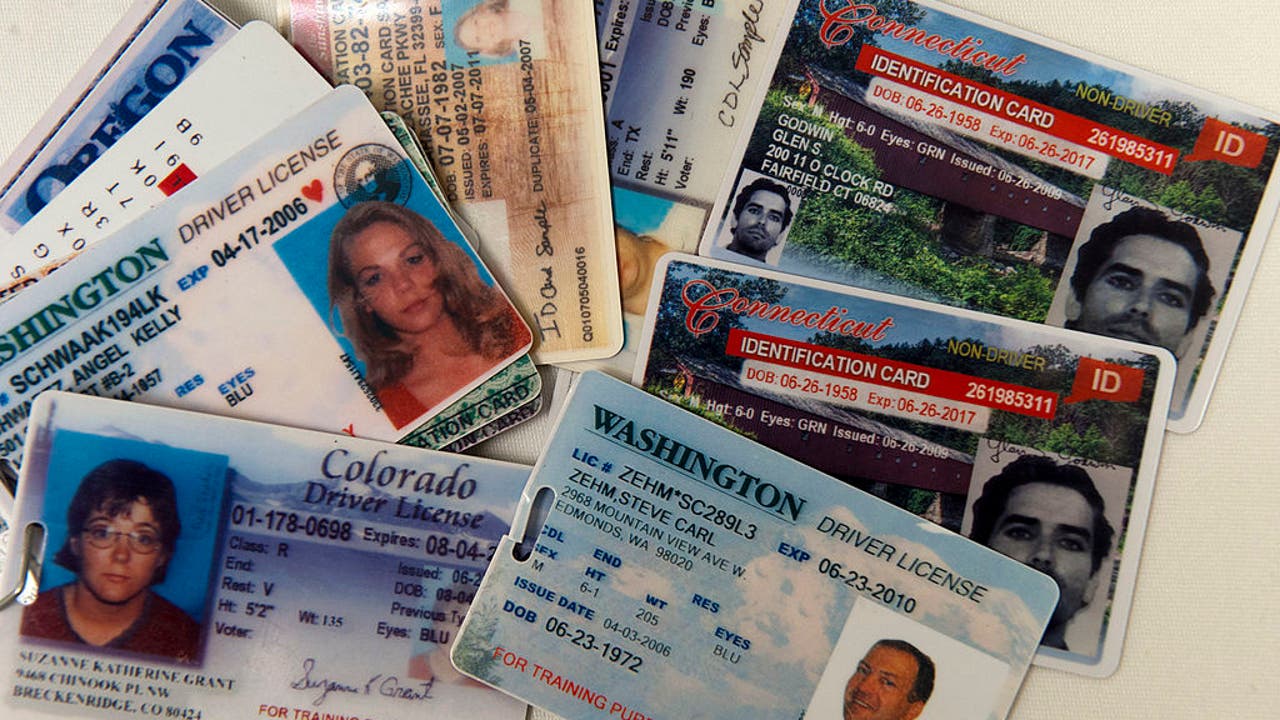
How to Spot a Fake Driver’s License
In a world where identity fraud and illegal activities thrive, spotting counterfeit driver’s licenses is of the utmost importance. Whether you are a vigilant bouncer at a nightclub, a law enforcement officer on duty, or simply an individual seeking to protect yourself from potential scams, knowing how to distinguish authentic driver’s licenses from fake ones can safeguard society and prevent harm.
Mastering the Art of Authenticity
Authentic driver’s licenses come equipped with various security features that are difficult to replicate. These features may include:
- holographic overlays,
- intricate microprinting,
- and raised lettering.
When inspecting an identification document, tilt it under good lighting to observe holograms that change appearance as you move the card.
Microprinting, often appearing as fine lines or text, becomes blurred when magnified, indicating a genuine license. Also, run your fingers over the card’s surface to feel the embossed letters and numbers, as counterfeit licenses may lack this tactile feature.
Analyze the Fonts and Typography
Pay attention to the fonts and typography used on the driver’s license. Legitimate licenses typically maintain a consistent font style throughout the document. Counterfeit versions may exhibit irregularities in font size, spacing, or alignment. Look for variations in letter shapes and spacing between characters, as these are telltale signs of a fraudulent identification document.
Verify the Holographic OVDs
Optical Variable Devices (OVDs) are specialized features used on authentic driver’s licenses to combat counterfeiting. These may include holographic overlays, holographic patches, or color-shifting elements. Tilt the card to observe color changes or shifts in the images displayed by the OVDs. Genuine holograms will exhibit smooth transitions between colors, while counterfeit versions may display abrupt shifts or unusual patterns.

Check for Tamper-Evident Seals
Legitimate driver’s licenses often contain tamper-evident seals that show signs of alteration when removal is attempted. These seals could be in the form of holographic stickers, transparent overlays, or special inks. Scratches, smudging, or obvious signs of tampering near these seals indicate a potential fake document. Be cautious of any identification card that appears to have been tampered with.
Inspect the UV Features
Ultraviolet (UV) features are another security measure present on many authentic driver’s licenses. Examine the card under a UV light source to reveal hidden markings or patterns that are not visible under normal lighting. Authentic documents will have distinct UV elements that are not easily replicable. In contrast, counterfeit versions may lack these features or exhibit inconsistencies.
Verify the Physical Characteristics
Beyond the security features, pay attention to the overall physical characteristics of the driver’s license. Authentic cards are printed on high-quality materials and exhibit professional printing techniques. Counterfeit versions may show signs of poor printing quality, such as blurred images, fuzzy text, or pixelation.
